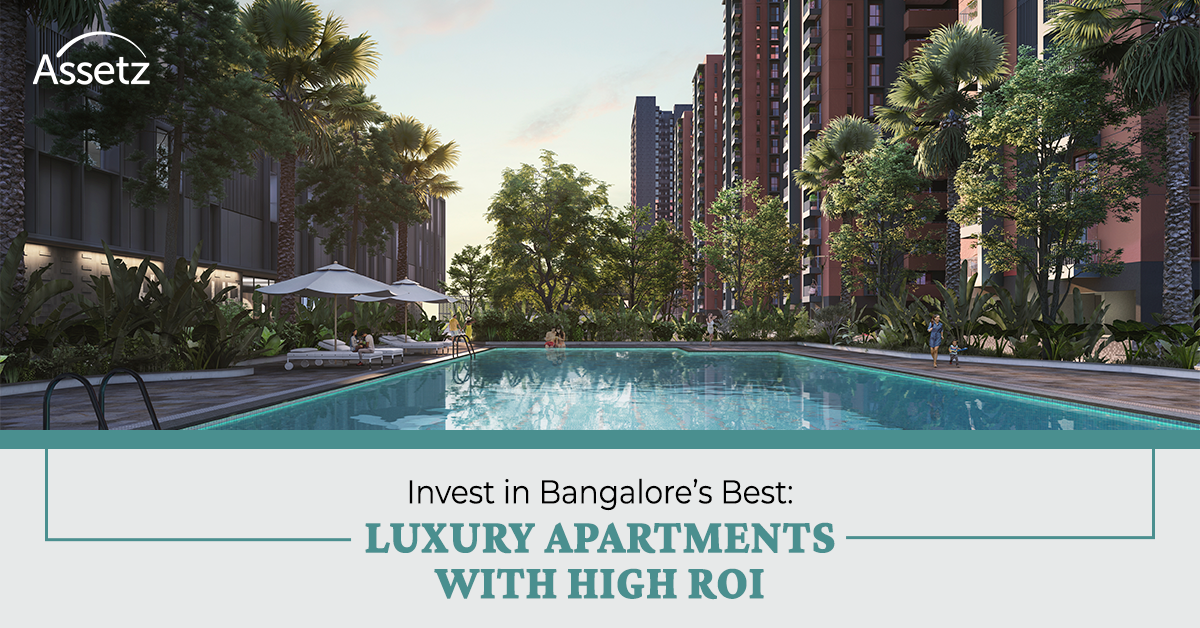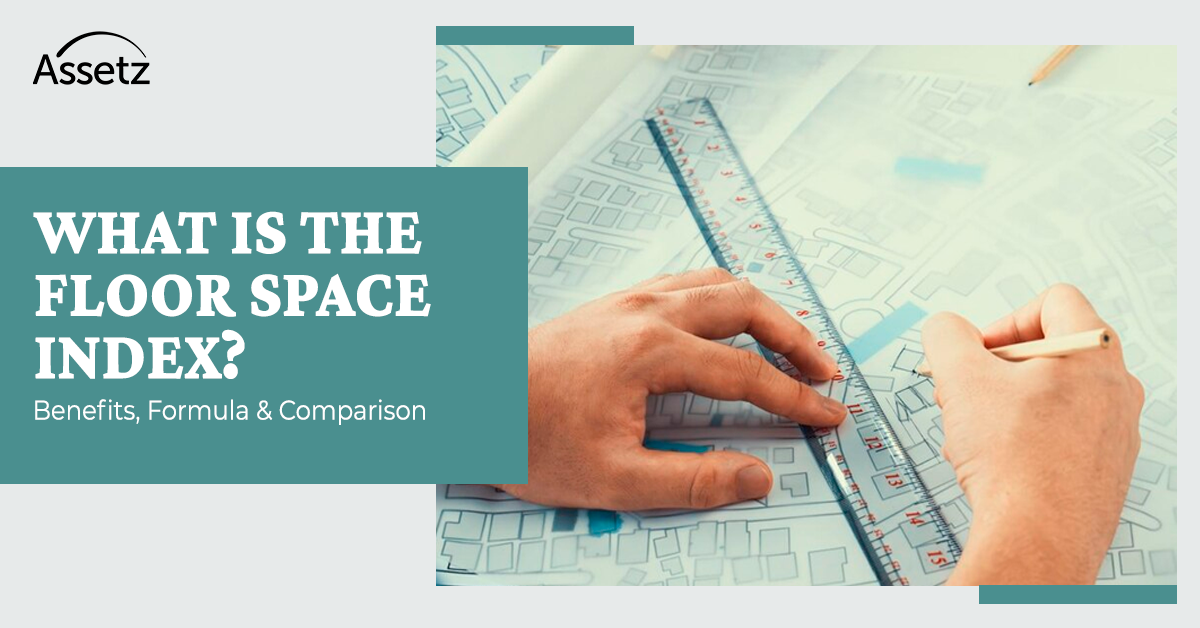Imagine a home that saves you money, keeps you comfortable year-round, and helps protect the planet—all at the same time. That’s the power of sustainable living. Eco-friendly homes aren’t just a passing trend; they’re the future of smart, conscious living. As people become more aware of their impact on the environment, the shift toward greener homes is stronger than ever. Today’s homeowners are looking for energy-efficient spaces that reduce costs and promote a healthier lifestyle. From harnessing natural light and conserving water to switching to renewable energy, every small step leads to a more sustainable way of living. With energy-saving appliances, solar panels, and eco-friendly materials, homeowners can create a space that’s not just good for them but also for the planet. And the best part? Going green isn’t just responsible—it’s a smart investment for the future.
Why Sustainable Home Design Matters
At its core, sustainable home design is about creating spaces that use resources wisely. By incorporating energy-efficient systems, durable eco-friendly materials, and innovative layouts, homeowners can minimise waste and reliance on non-renewable energy sources.
Given the rising energy costs and environmental concerns, the need for sustainable houses is more significant than ever. Thoughtful, eco-friendly home design can drastically reduce power and water consumption. Additionally, using non-toxic and recycled materials helps in creating a healthier living space. As cities expand and resources become more scarce, adopting sustainable design principles is crucial for a self-sufficient future.
Key Features of Sustainable Home Design
1. Harnessing Solar Power
One of the biggest game-changers for eco-friendly homes is solar energy. Installing photovoltaic panels or solar water heaters helps reduce dependency on fossil fuels while also reducing electricity bills. Moreover, affordable pricing and government incentives make it an increasingly practical investment.
2. Water Conservation Strategies
Modern sustainable houses incorporate water-saving techniques like rainwater harvesting, greywater recycling, and low-flow plumbing fixtures. These methods ensure responsible water usage, helping homeowners reduce water waste while maintaining efficiency. Intelligent irrigation systems for landscaped areas that adjust water consumption based on weather conditions further promote sustainable practices.
3. Green Landscaping for a Healthier Environment
Sustainable landscaping techniques, such as using native plants and designing climate-friendly gardens, reduce the need for excessive watering while enhancing biodiversity. This practice supports the local ecosystem, improves air quality, and provides natural cooling effects around the home.
4. Reducing Waste and Recycling
Incorporating composting, recycling, and waste segregation systems into home design can significantly reduce landfill waste. Many sustainable homes also use reclaimed wood, recycled steel, and repurposed bricks to minimise environmental impact and add character to living spaces.
5. Smart Home Integration for Energy Efficiency
Technology today is making it easier than ever to live sustainably. Automated systems can control lighting, heating, and cooling based on real-time needs, preventing unnecessary energy consumption. Smart thermostats, LED lighting, and energy-efficient appliances are key components of eco-friendly home design that help reduce energy consumption.
Eco-Friendly Home Trends in 2025
The latest trends in sustainable home design is a blend of technology with traditional conservation techniques. Here is what’s shaping the future of eco-friendly homes in 2025:
1. Natural and Renewable Materials on the Rise
An increasing number of homeowners are embracing sustainable building materials such as bamboo, cork, reclaimed wood, and recycled steel. These eco-conscious choices not only minimise the energy required for production but also enhance the durability and aesthetic appeal of both the interiors and exteriors of a home. Developers, too, are prioritising sustainability, by thoughtfully integrating biodegradable and renewable materials that leave a minimal environmental impact.
2. Circular Design and Upcycling
The concept of a circular economy is gaining momentum, encouraging homeowners to upcycle and repurpose materials instead of disposing of them. Antique doors are being transformed into striking statement tables, reclaimed wood finds new life as elegant wall panelling, and modular home designs enable materials to be easily dismantled and reused. This thoughtful approach not only reduces waste but also infuses homes with distinctive, personalised character, celebrating both sustainability and craftsmanship..
3. Smart, Energy-Optimised Homes
Technology is making homes more comfortable and more energy efficient. Beyond AI-powered automation, innovative technology is transforming energy efficiency in homes. Smart thermostats learn household routines and adjust temperatures automatically to prevent energy waste. Adaptive lighting systems use motion sensors and daylight tracking to optimise brightness, reducing unnecessary electricity use. Smart power strips cut power off idle devices, preventing “phantom energy” drain. Additionally, energy monitoring apps provide real-time insights into consumption, helping homeowners make smarter energy choices. Combined, these innovations make homes more cost-effective, convenient and eco-friendly.
4. Sustainably Built Home Appliances
The new wave of home appliances isn’t just smart—it’s sustainably built from the inside out. Manufacturers are now prioritising eco-friendly materials, like recycled plastics, stainless steel, and non-toxic coatings, to reduce the environmental impact from production to disposal. Many appliances are also being designed for longer lifespans, with modular parts that make repairs easier and reduce the need for replacements. Some brands even offer take-back or recycling programs to ensure old units don’t end up in landfills. It’s a shift toward conscious consumption—where durability, recyclability, and responsible design take center stage.
5. Biophilic Design for a Natural Connection
Bringing nature into the home goes beyond aesthetics—it enhances well-being and boosts energy efficiency. Large windows and skylights maximise natural light, cutting down electricity use. Green walls and indoor gardens improve air quality, creating a healthier indoor environment. Smart ventilation techniques, like cross-ventilation, naturally regulate temperature, reducing reliance on artificial heating and cooling. By integrating these elements, eco-friendly homes become both beautiful and sustainable.
6. Water Efficiency Systems
New water-saving solutions, such as well-designed filtration systems and leak detection technology, are helping homeowners conserve water. Rainwater harvesting and greywater recycling systems are becoming standard in sustainable house designs, reducing dependence on municipal water supplies.
7. Advanced Solar Energy Solutions
Beyond traditional rooftop solar panels, new innovations like solar-integrated roofing tiles and advanced battery storage solutions are making solar energy more practical and efficient. Improved battery storage allows homeowners to store excess solar power for use at night or on cloudy days, reducing reliance on the grid and ensuring a steady energy supply. This not only increases energy independence but also enhances sustainability.
8. 3D-Printed Sustainable Homes: Faster, Smarter, Greener
3D printing is transforming home construction with rapid, waste-free building methods. Homes can be completed in 24 hours using sustainable materials like recycled plastics, biodegradable composites, and natural clay. This technology is already being used in countries like the USA, the Netherlands, and India. In Chennai, the country’s first 3D-printed house was built in just five days, showcasing its potential for affordable, eco-friendly housing.
Conclusion
Eco-friendly homes are more than just a passing trend—it is a conscious commitment to preserving the environment and safeguarding the well-being of future generations. With the growing emphasis on sustainable design, homeowners are taking meaningful strides toward a more sustainable future by harnessing renewable energy, optimising water consumption, and choosing responsibly sourced materials.
As we look ahead, eco-conscious home design will continue to evolve, introducing ever more innovative and efficient solutions to meet the needs of a changing world. Whether building anew or transforming an existing space, embracing sustainable living is a powerful way to enhance both personal well-being and the health of the planet—creating homes that are as enduring as they are responsible.








